Elephants, lions and other wild animals are exquisitely sensitive to the effects of war
To the list of ways that humans are making it hard for zebras, giraffes and other large mammals to survive in the wild, you can now add war.
Researchers have new evidence that animals are exquisitely vulnerable to the effects of warfare. They analyzed 65 years of armed conflicts in Africa and found that exposure to just one year of war within a 20-year period was enough to destabilize populations in the wild.
“The mere occurrence of conflict, irrespective of its human death toll, was sufficient to diminish wildlife populations,” according to a study published Wednesday in the journal Nature. “Even low-grade, infrequent conflict is sufficient to drop population trajectories below replacement.”
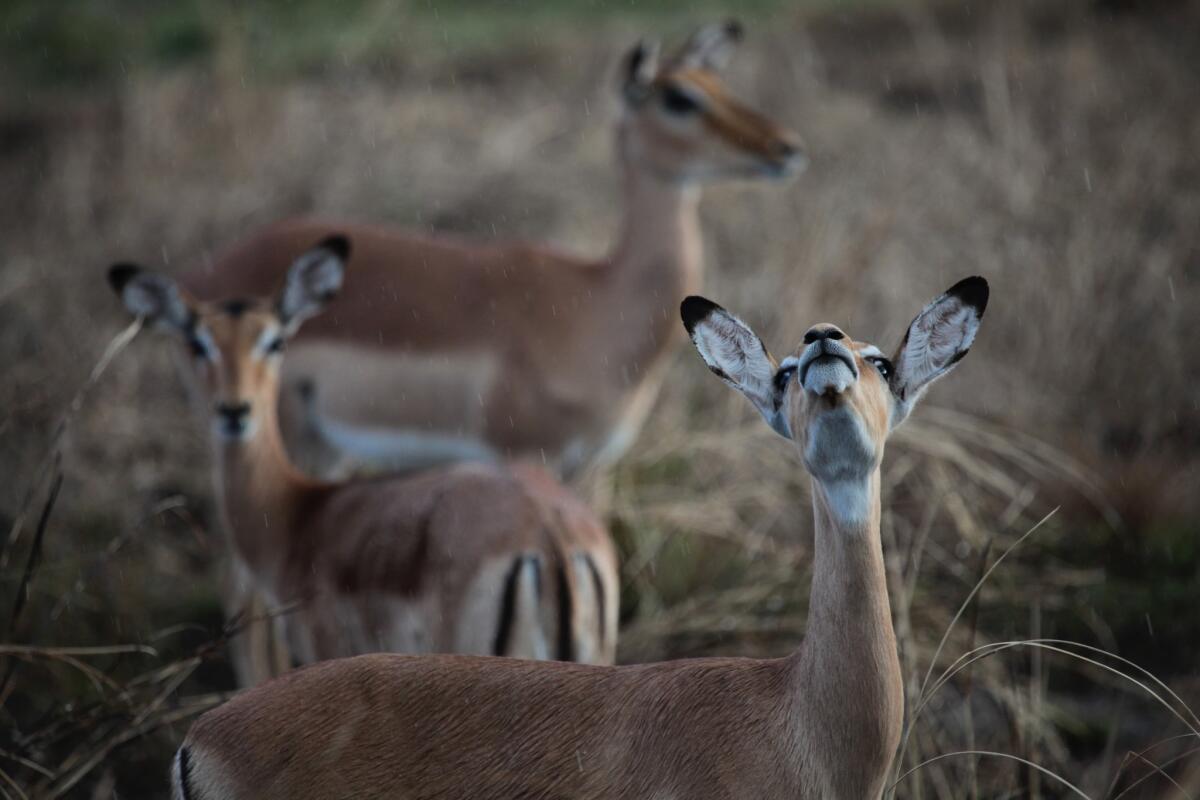
Considering that war is bad for people, it may seem obvious that it’s bad for animals. But previous case studies have found it can have mixed effects.
In some cases, animals get caught in the crossfire of cannons, large guns and other artillery. Hungry soldiers go hunting for bushmeat. Poachers seeking to finance their military excursions may target elephants, rhinoceroses or other desirable species.
But in other cases, combat can scare people away from wildlife areas, relaxing the pressure on the animals that live there. It may even force businesses to abandon mining and drilling operations, giving animals a further respite.
Joshua Daskin and Robert M. Pringle of Princeton University’s Department of Ecology and Evolutionary Biology wanted to see if they could find an overarching effect of warfare, with a focus on Africa.
They began by looking at all protected wildlife areas in Africa that were at least 5 square kilometers (about 2 square miles) in size. According to the World Database on Protected Areas maintained by the International Union for Conservation of Nature and the United Nations Environment Programme, there were 3,585 such areas, spread across 51 countries.
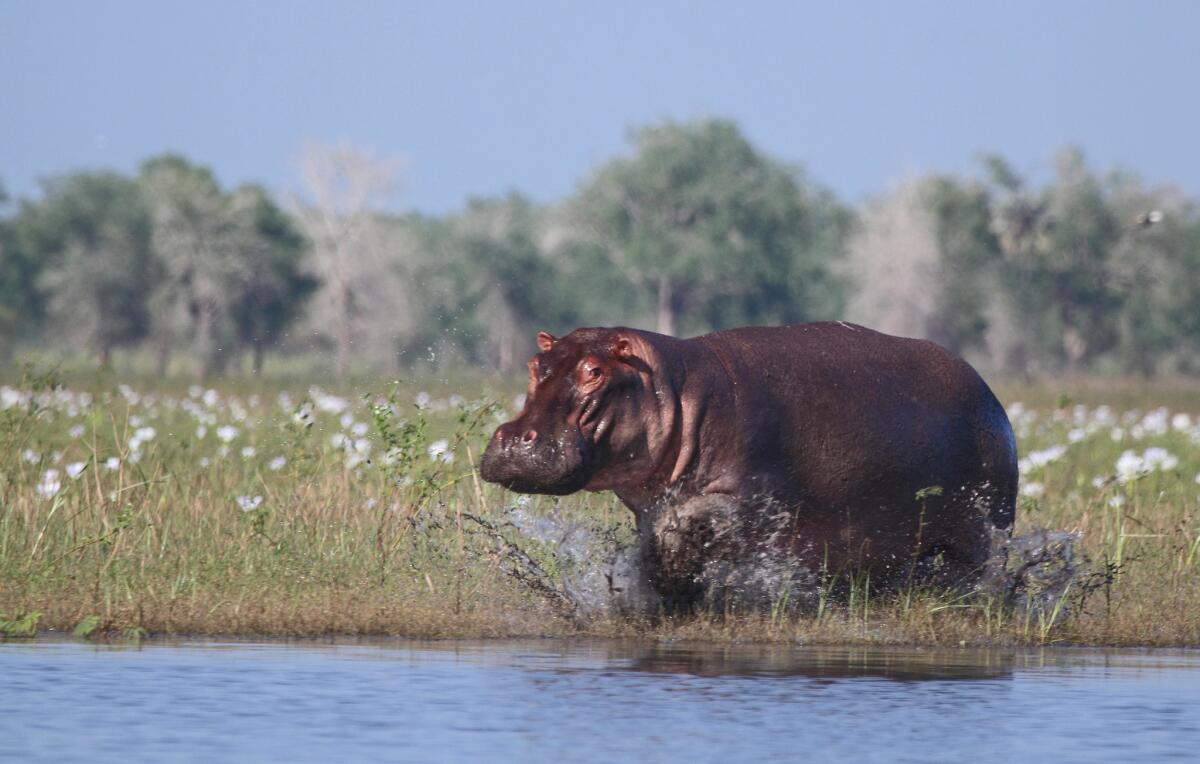
Next, Daskin and Pringle examined the dates and locations of armed conflicts between 1946 and 2010 to see when and where they overlapped with the protected areas. To qualify as an “armed conflict,” an event had to involve at least one human death and be related to an “organized conflict” that involved at least 25 deaths in the same year.
Overall, they found that armed conflicts touched 71% of Africa’s protected areas at least once during the study period. In addition, 25% of them experienced nine years of conflict or more.
To see how the animals in those areas were affected, the researchers scoured scientific literature for reports on mammals that lived there. Their list included antelopes, giraffes, elephants, lions, cheetahs, zebras, baboons, gorillas, warthogs, hyenas, rhinoceroses, hippopotamuses and gazelles.
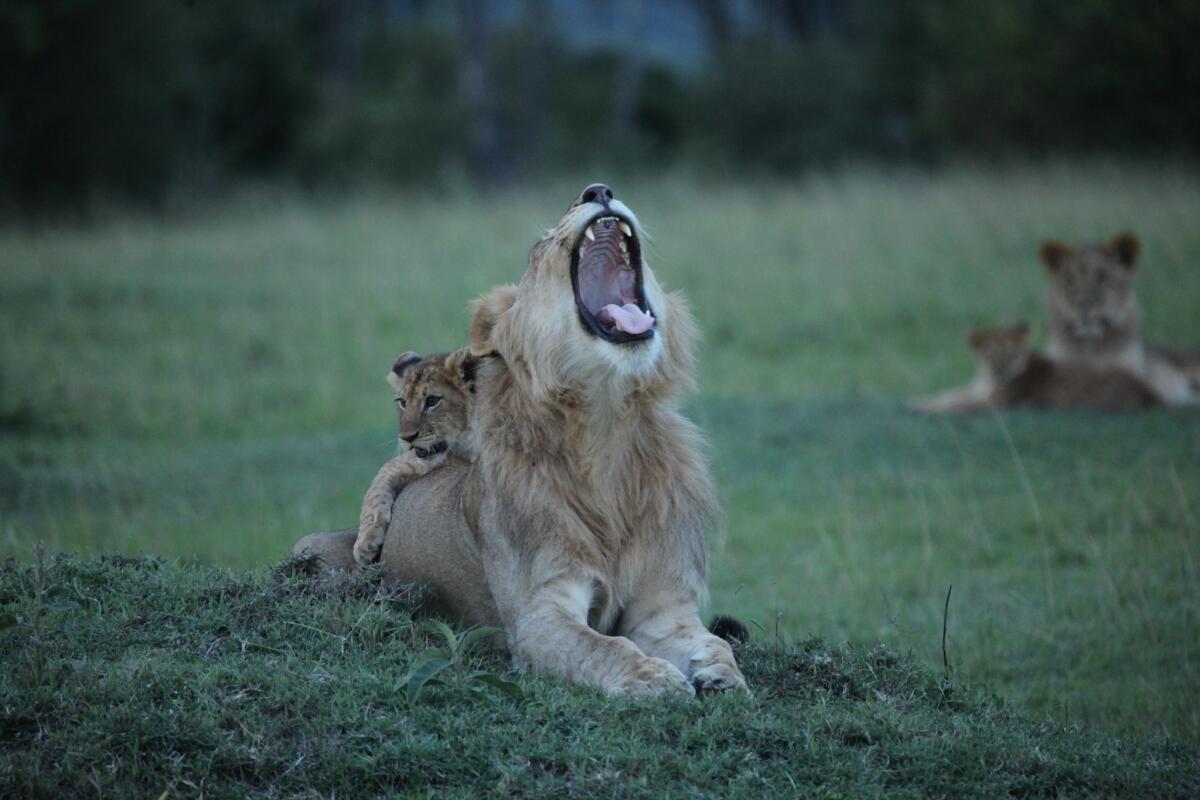
They were able to find information on 253 populations of animals from 36 species living in 126 protected areas within 19 countries. Each of these populations had been counted multiple times in the same area.
Then they built a series of mathematical models to see which factors helped explain the changes in those animal populations. The frequency of armed conflict was only one of the factors considered; others included the intensity of those conflicts (as measured by human death toll), the population density of humans living nearby, the distance from a protected area to the nearest urban center, the size of the protected areas and the size of the animals.
The models that did the best job of predicting changes in animal populations relied on information about the frequency of armed conflicts, according to the study. These models showed that when protected areas were peaceful, animal populations were “generally stable,” Daskin and Pringle wrote. But populations shrank over time when their homes were exposed to “even low levels of conflict,” the researchers wrote.
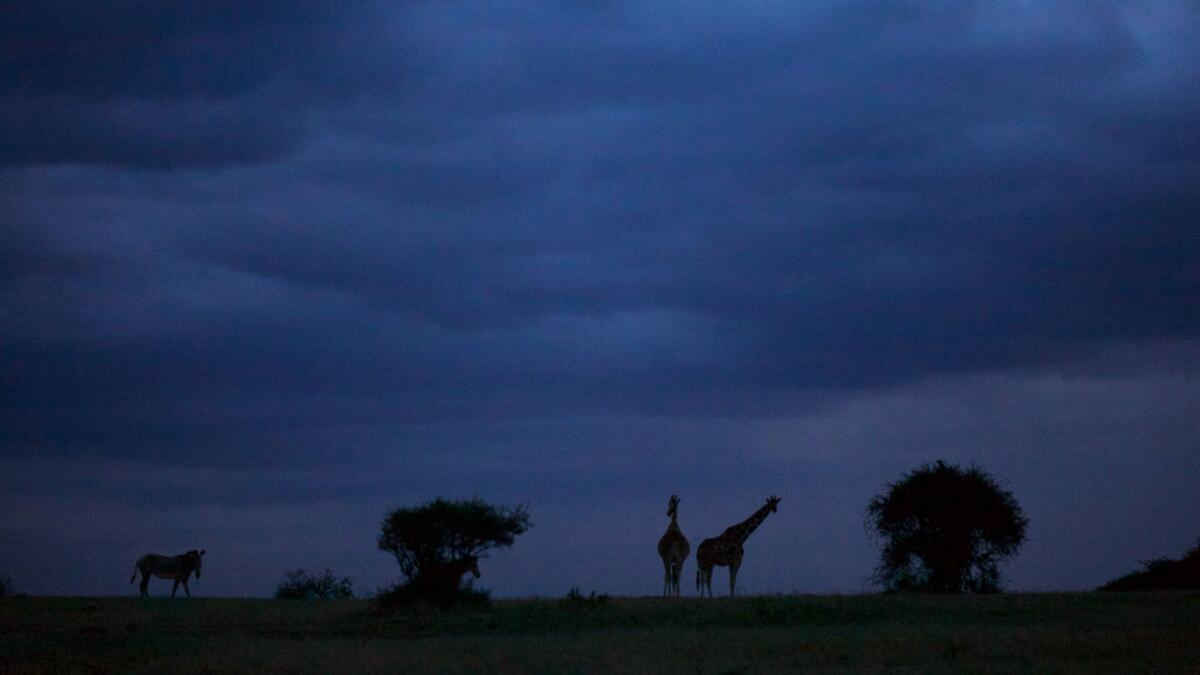
Over the entire 65-year period, all it took to set animal populations on a path of decline was a single year of war in a span of two decades. When the team narrowed its focus to the more recent period from 1989 to 2010, it found animals were even more sensitive — exposure to war in one year of a 50-year span would hinder a population’s ability to maintain itself.
“Conflict frequency consistently predicted wildlife decline,” the researchers wrote.
Other things did not. For instance, the size of the protected areas didn’t seem to have any bearing on the populations of the animals living in them. Nor did the intensity of the conflict going on around them.
These and other findings led the researchers to hypothesize that military activity per se isn’t the problem for animals; rather, it’s “the effects of socioeconomic upheaval and livelihood disruption associated conflict” that are making a difference.
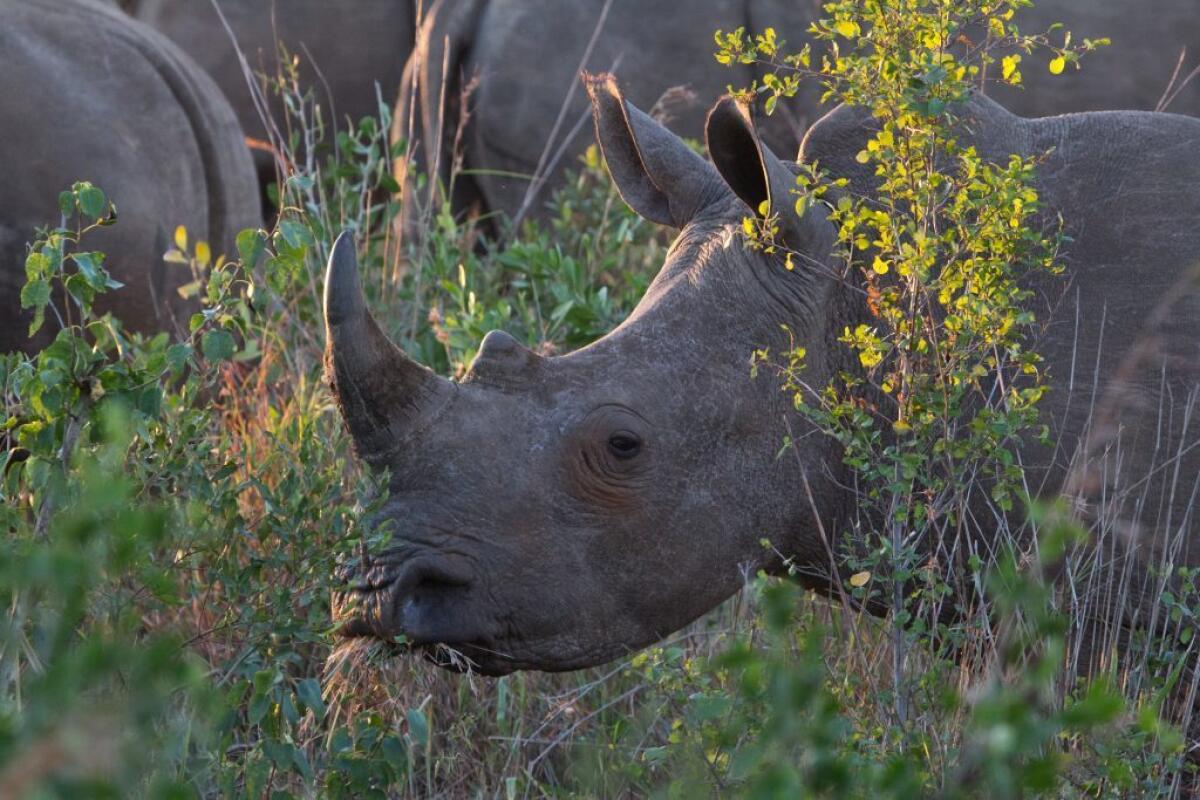
Further research will be needed to see whether their hypothesis is correct, the researchers wrote.
They also noted a potential silver lining: Although a small amount of war exposure had a measurable effect on wild animals, the size of that effect was “less severe” than previous research would have led them to expect.
Even in locations subjected to many years of armed conflict, examples of “extinction events” were rare. The researchers took this as a sign that “post-conflict recovery will typically be possible.”
There’s already some anecdotal evidence to support this optimistic view, Daskin and Pringle wrote: Efforts by government officials, scientists and conservation experts have helped restore wildlife populations in Mozambique’s Gorongosa National Park as well as in Rwanda’s Akagera National Park.
Follow me on Twitter @LATkarenkaplan and "like" Los Angeles Times Science & Health on Facebook.
MORE IN SCIENCE
Why the United States is 'the most dangerous of wealthy nations for a child to be born into'
2017 was a hot and disaster-filled year for the United States, NOAA says
This USC physicist wants you to talk about science. His new graphic novel can get you started




